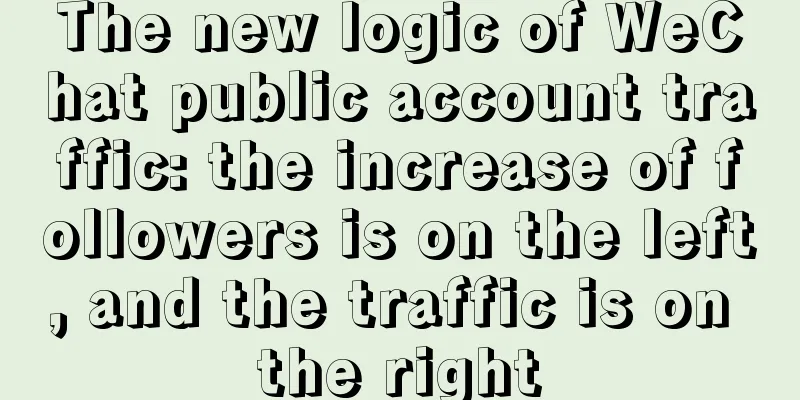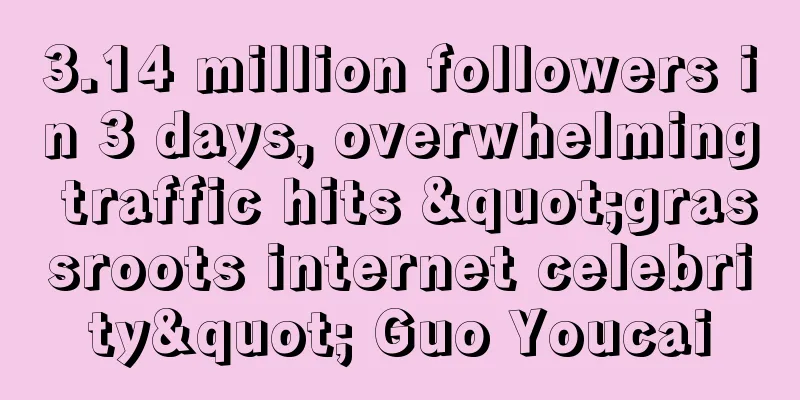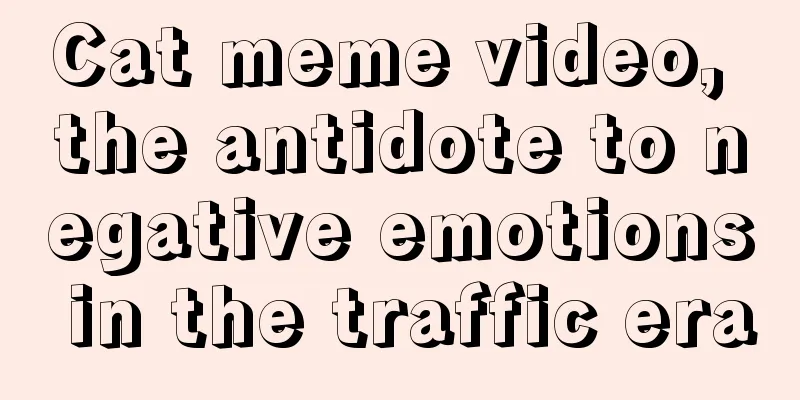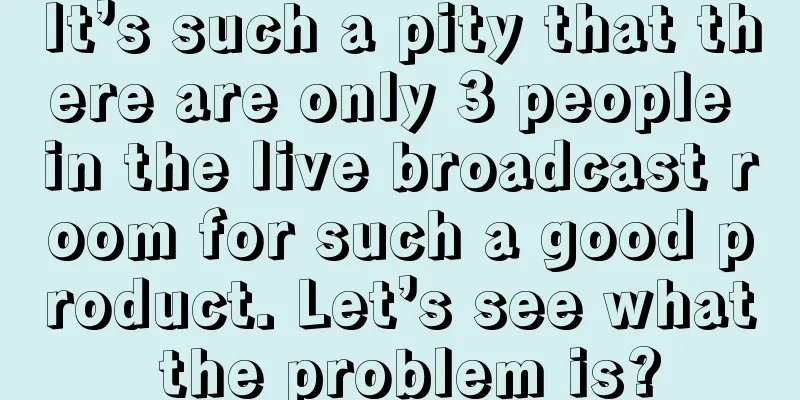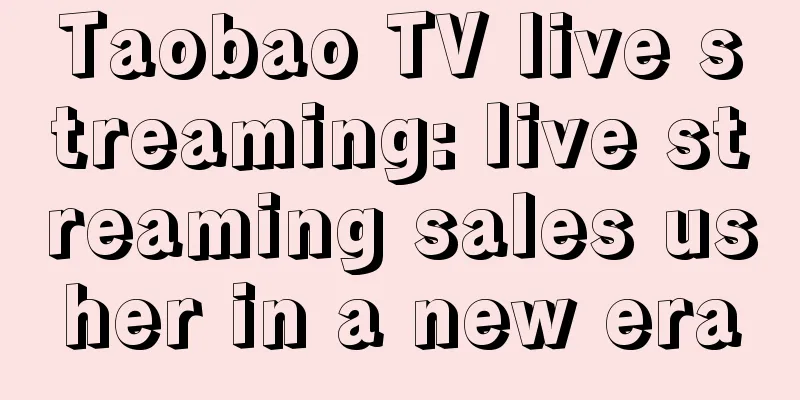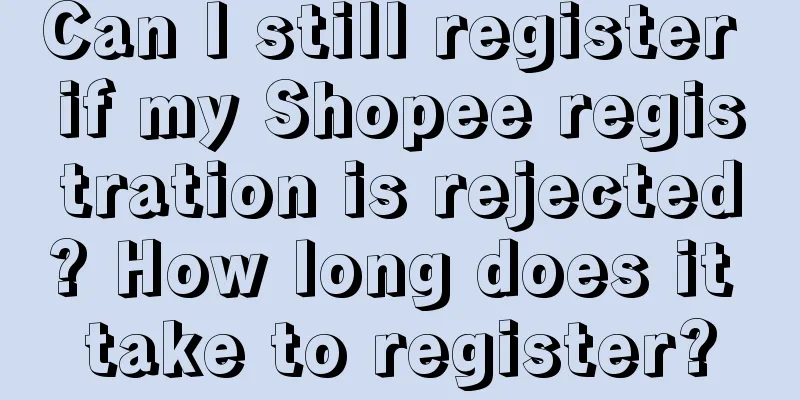Write the year-end summary in the workplace like this, don't be lazy, don't lie down, and don't suffer losses

At the end or beginning of each year, many people in the workplace will face an unavoidable issue: the year-end summary. Is the year-end summary a way to take credit? Is it a way to pass the buck? Or is it a form of formalism? Neither. The year-end summary is an important basis for conveying the value of work. Don't rush to refute. Think back, have you ever worked hard to finish your work, but kept your mouth shut when facing your boss, afraid of bragging or being at a disadvantage? When you see your colleague who is slacking off talking freely, you feel envious and unwilling. In the boss's view, he would not expect a person who cannot write a good year-end summary to do a good job in his daily work. People who really "get the job done" will manage the value of their work well.
As an Internet anti-roll fighter and a document expert in the workplace, today I will teach you step by step how to write a year-end summary so that you "don't roll, don't lie down, and don't suffer losses", perfectly end 2023, and have an excellent start in 2024. Without further ado, let's go straight to the main text. Enjoy: 1. Before writing: Don’t be too stubborn1. Understand the significance of summaryWhether it is daily reports, weekly reports, monthly reports, meetings or daily communication, they are actually all about communicating and transferring information. The frequency, habits, and logical differences in communication determine the level of work value management, and to a large extent also determine the level of our development in the workplace. Especially for those who usually work in obscurity and have no habit or opportunity to report frequently, the year-end summary is a test paper worth grasping. (Not to mention that it is also linked to the year-end bonus) The fundamental reason why the summary is not done well is not because of ability or performance, but because of the wrong mentality before writing: the summary is regarded as a troublesome and formalistic thing. It is impossible to make a good summary with such a resistant mentality. In the end, not only will you waste time, but you will also have to put in emotional labor, which will make you physically and mentally exhausted. In fact, no matter how "formalistic" the year-end summary of our organization is, those who participate in the summary still hope to gain something new from it (which can also become a resource for him to report upward). Therefore, the significance of the year-end summary is obvious: summarize the output of a year's work to superiors, strengthen communication and synchronize information, obtain feedback from the boss, and even strive for more resource support. 2. Avoid the misunderstanding of summarizingNow that we understand the significance of summarizing, should we take credit for our achievements or exaggerate them, or should we avoid problems? Neither, we still need to be careful to avoid the following misunderstandings: 3. Think from the other person’s perspective and grasp the key pointsFirst of all, we need to understand who the summary is for and who is listening to it. Think about it from another perspective: For big bosses: seeing the team doing a lot of things in a year, they need to know which ones are fruitful and which ones are ineffective, so as to adjust the focus of work and continue to do the right and effective things, so as to reallocate internal and external resources of the company. For direct supervisors: Usually, there are many people under them, and they need to find out who is the most useful and has the greatest potential in the team, because this is related to their performance output next year. They should give opportunities to outstanding talents and eliminate mediocre talents, so as to build a stronger talent pool. Therefore, we don’t need to treat the reporting party as an opposite. We should believe that if we are capable and capable, they will get the good summary and will not be treated unfairly in the year-end performance. Similarly, if we are treated unfairly, we can just change to another place to work, which is a good opportunity to refine the summary materials and revise the resume. 2. Writing: Hiding some tricks1. Let’s start with a scientific reporting structureA scientific report structure means that when writing the year-end summary, the content should be organized reasonably so that the entire text is logical and organized, and can clearly convey information and arouse the interest of the target audience. It is not the case that the longer the better (if it becomes an argumentative essay, it will look sleepy), nor is it necessary to copy the company's clichéd format (it will become clichéd and lack room for creativity). Everyone loves to listen to stories, to listen to challenges, to listen to twists and turns, to listen to previews of the next episode. From a scientific perspective, when we listen to stories, multiple areas of the brain are activated simultaneously (language processing, perception, emotion and memory). This comprehensive activation helps improve the absorption and memory of information, making the story easier to understand and remember. Therefore, the year-end summary can also be strung together into a story, which is both scientific and unique. 1. Introduction At the beginning of the summary, first introduce the business goals, summarize the completion status, and explain the positioning of your individual work in the team so that the boss has a clear idea. 2. Challenges and difficulties Start telling stories: the external challenges and internal difficulties faced by the business, and let the boss put himself in the role. External challenges include industry challenges, market environment, and competitor trends; internal difficulties include the difficulties faced by the company and team in this business. 3. Countermeasures Here comes the twist: explain your unique approach to solving the problem and how to solve it. This way, the connection between your work and the core business will be clear at a glance. 4. Achievements and Organizational Contributions Climax of the story: Elaborate on the important contributions again. However, it is necessary to describe in detail the OKR-related data of the business and the progress of some other core projects so that the boss can remember the core actions and highlights. If your business provides methodological output and middle-office support to the team, you can also report here. (V) Future Prospects At the end of the story, remember to check out the preview for the next episode, it will leave you wanting more. So after talking about this year's situation, you should also briefly mention next year's plan to let your boss know that you are thinking positively about the business. If your boss asks, you can answer immediately and start a discussion. 2. Always remember to put the conclusion firstPut the conclusion first, which means putting the most important information first and using the "inverted pyramid" structure to present your summary. Generally speaking, the amount of information a person receives at a time should not exceed seven points, and three points is best. If you can come to the conclusion first, express your intentions and ideas clearly first, and then verify and explain them sentence by sentence, you will not cause misunderstandings and will also allow the brain to remember the main core ideas and content as soon as possible. If you fail to come to a conclusion first, your brain will be filled with various background, conflicts, elements, arguments, reasoning and other information, and there will be no extra space to receive the subsequent opinion content and key points. Therefore, whether it is the beginning of the whole article or the beginning of a paragraph, the key points should be bolded and refined. For example, use "insight into XX data, through XX measures, significantly improved XX data" instead of the descriptive "about the results of XX measures". 3. Don’t let the details weigh you downAnother important principle in the year-end summary is not to let details detract from your report (typos, incorrect chart data, etc.). If there are too many details in a summary, even if the structure and content of the report are good, it is still possible that the report recipient will become critical due to low-level mistakes, which will hurt you. Use graphics instead of words: Graphs are an intuitive and effective way to convey information. When we need to present data, trends or relationships, we can consider using graphs instead of lengthy text descriptions. For example, using bar graphs, line graphs or pie charts can clearly show the changes and comparisons of data. Avoid long sentences when short sentences are better: When expressing opinions or describing facts, try to use short, concise sentences. Long sentences may make it difficult for the audience to understand or easily cause ambiguity. Using short, concise sentences can make the information clearer and easier to understand. At the same time, avoid using too many modifiers and clauses to avoid increasing the complexity of the sentence. 3. After writing: communicate boldlyIf your year-end summary is not just about handing it in, but also needs to be reported in public or reviewed by a group, then the feedback after writing is equally important, which can not only avoid self-satisfaction, but also help to remove the dross and retain the essence of the summary and add the finishing touch. 1. When you report, be sincere and simple, and avoid being false and empty.In recent years, workplace jargon has become popular, and people jokingly say that mastering the "art of language" is an essential survival skill in the contemporary workplace. The box office dark horse "The Annual Meeting Can't Stop" at the end of 2023 has made "layoff and expansion plan", "alignment granularity", "opening up the underlying logic", "strike a good combination of punches", "reasonable optimization"... become the hot words that swept the screen at the beginning of the year. This set of suggestive "jargon" that can be found everywhere in the Internet industry often makes many newcomers who have just entered the workplace or just changed careers feel confused and powerful, and they rush to learn and apply it. In fact, this trick will be criticized if used to fool non-Internet parties, not to mention using it to fool colleagues within the company. A journey of a thousand miles begins with a single step. When reporting, we should also focus on simplicity and sincerity, and "speak human language". We can combine specific cases and data to make the report more convincing and credible.
2. Listen to others' reports, ask questions actively, and impress your bossA good year-end summary is not only a personal summary report, but also an organizational review. Meituan founder Wang Huiwen once emphasized that the long-term value of organizational review is far greater than short-term results. When you listen to reports from others in your organization, are you distracted or engaged? In fact, this is also an opportunity to ask questions actively and show your concern and thinking, which can not only deepen your understanding of other people's work, but also make your boss have more impression and recognition of you. If you keep asking the following questions, you will be able to surpass most people around you: The above is all the content of the guide to year-end summary in the workplace. I hope you can gain something and make a beautiful summary without being complacent or at a disadvantage, and be worthy of this year’s hard work! Author: Jiayu Jiarou, WeChat public account: Jiayu Jiarou's Notes |
>>: Let’s talk about annual planning
Recommend
Tea and coffee shops are eyeing young people’s breakfast
Milk tea and coffee are the "life-saving reme...
Heytea's "I am Buddha holding a cup" trended on the Internet, it's really fun
This article uses the popular Heytea joint product...
Cute pets and good-looking content dominate the charts, all of Tik Tok’s hottest titles for February are here!
This article focuses on the "Douyin February ...
Let's talk about Taobao's customer stratification 88VIP
How does Taobao's 88VIP membership system achi...
Six unconventional methods helped lululemon achieve excess profits
In the development history of sportswear brand lul...
How does Amazon create variations of old and new links? How do you merge link variations?
As a global e-commerce giant, Amazon's operati...
Little Red Book, Going Out to Sea Overnight
As TikTok faces the storm of being removed from th...
Is Amazon operation suitable for long-term operation? How to operate it?
Amazon customer service operations and other posit...
Isn’t City Walk just a stroll?
This article, titled "City Walk is popular, w...
Does shein need an overseas warehouse to open a store? What is shein?
More and more merchants are opening stores on shei...
Alipay has reached a dead end in the “AI Internet”
Driven by the wave of digitalization, Alipay, as a...
2 yuan a pack, earning a million a month? Young people open up a 10 billion market by opening up credit cards
With the rise of Generation Z’s consumer power, a ...
How to set up Amazon payment method? What payment method to use?
To open a store on the Amazon platform, merchants ...
Which one is better, Lazada or Wish? What are the differences?
Nowadays, cross-border e-commerce is actually a ve...
5 user analysis rules used by major Internet companies!
This article summarizes the five golden rules of u...
